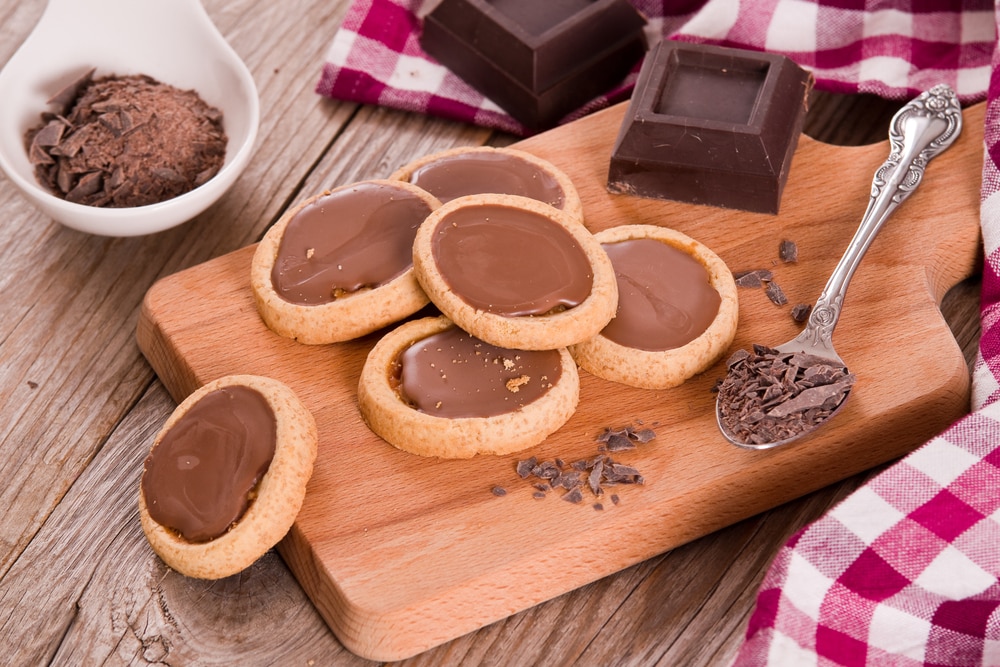
Baking is a lot of fun when experimenting with different ingredients, and crusts are one of the specialties of baking enthusiasts. When it comes down to the crust, shortcrust vs. sweet crust is the ultimate comparison because these two are used for desserts, tarts, and pies, making them popular in during the holiday season as well as all year round. Now, let’s have a look at the differences!
Shortcrust vs. Sweet Crust
Shortcrust
Shortcrust is known for its unique texture and pliability – it is usually flaky and crumbles down when you eat it. This is because when you prepare the dough for shortcrust, the fat pockets are left in the dough, which helps the flour rise during the baking process. The dough is evenly spread in the dish or pan to make sure it doesn’t collapse and is baked without any cracks. It’s needless to say that there is an extensive range of shortcrust available in the baking world, but all of them use cold ingredients.
The ingredients have to be mixed properly, but overworking can ruin the softness of the crust (overworking results in gluten development in dough). For this reason, bakers have a hard time folding and rolling the dough as you’ve to be particular about the processing. In particular, the dough must be handled minimally to make sure it retains its shape during and before baking. For the same reason, the dough is chilled in the refrigerated, which is another reason it cannot be used with hot fillings.
On the other hand, the shortcrust can be used for making quiche, tarts, and desserts (the desserts will need blind baking). Keep in mind that it doesn’t rise or puff up upon baking since there are no leavening agents – it’s the same reason the crust falls apart when you take a bite. When it comes down to the ingredients, 50% all-purpose flour, 50% fat, water, sugar, and salt are used to create a delicious crust that falls off nicely and has a nice flavor.
The shortcrust can be made at home, but there are premade crusts available in the grocery stores, and you can purchase them online as well. When it comes down to the ingredients, the cold all-purpose flour has to be used as it promises easier crumbling and flaky texture. In addition, you should add pure and cold butter but add sugar only if you want to make a dessert.
Sweet Crust
The sweet crust pastry is also known as pate sucree and is known for its sweet and rich flavor. It has a crispy texture, and many find it similar to cookies. The crust can be stored in the refrigerator for a few days before you add the filling. In fact, you can make a bigger match of crust, which can be frozen to be used later (yes, it freezes pretty well). When you freeze the sweet crust, it will be easier to make a quick dessert – you can easily make small and large tarts, particularly if you want to fill them with cream and fruits.
When you use the sweet crust to make the dessert, you can add a bit of egg and sugar, which softens the texture and enhances the sweetness. The sweet crust’s batter can be made in the food processor, but many people use an electric mixer as well. As far as the process is concerned, you have to eat sugar and butter, add some eggs, and mix in the all-purpose flour.
Once the ingredients are mixed up, the batter is wrapped in plastic wrap and refrigerated to achieve a firm texture. In most cases, sweet crust batter has to be refrigerated for over thirty minutes, or you can put it in the freezer for over fifteen minutes. Keep in mind that this batter is likely to crack, which means you will have to patch the cracks. In addition, it’s recommended that you spray the pan with flour or vegetable cooking spray for easier spreading.
The best thing about sweet crust is that it’s available in prebaked form in grocery stores, particularly in the baking aisle. The sweet crust can be used for sweet pies and tarts. The dough is pretty easy to work with as it has higher pliability and less crumbliness. However, it also means that the texture won’t be flaky and crumbly like shortcrust, which means it can be eaten with a fork.